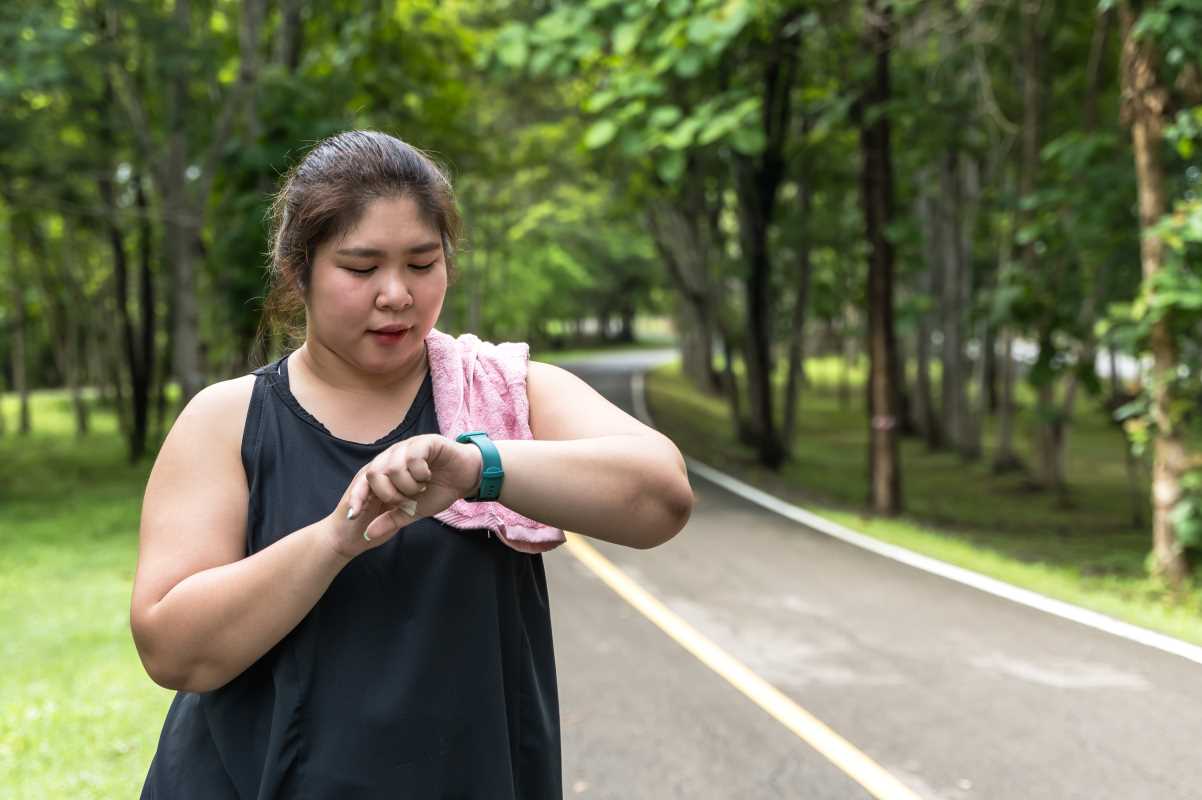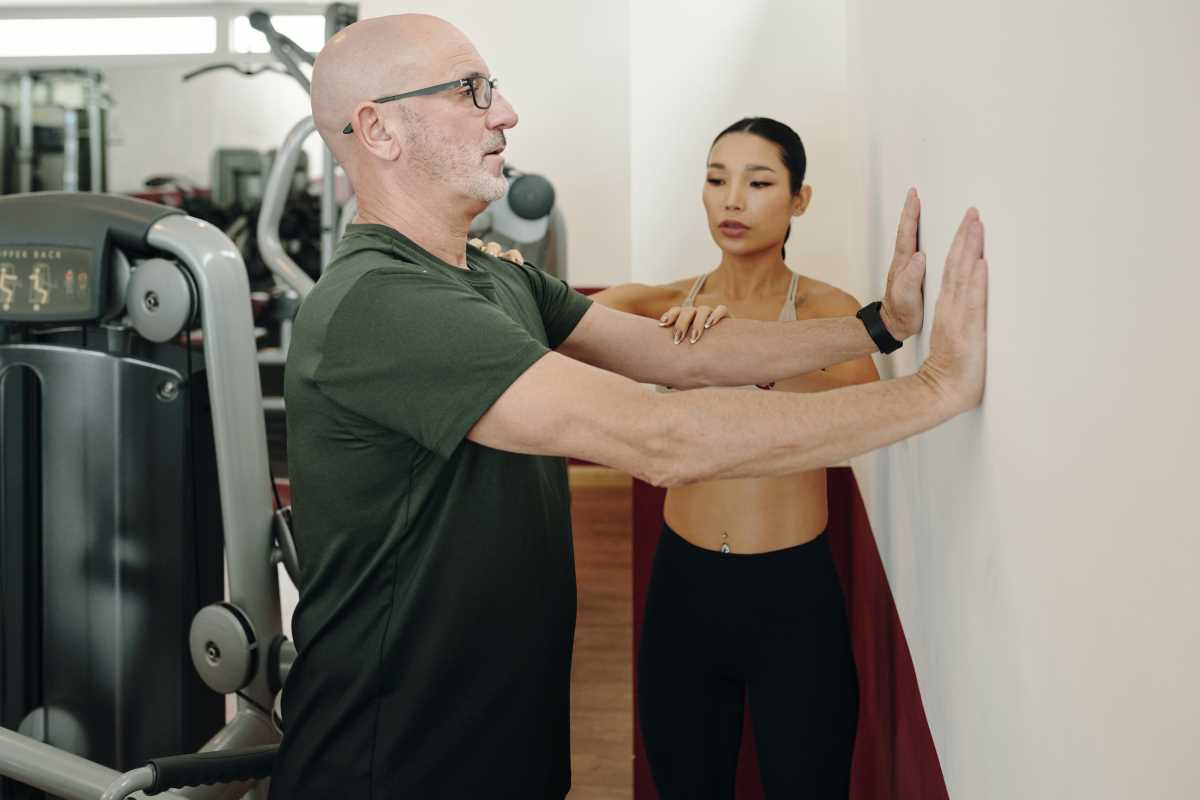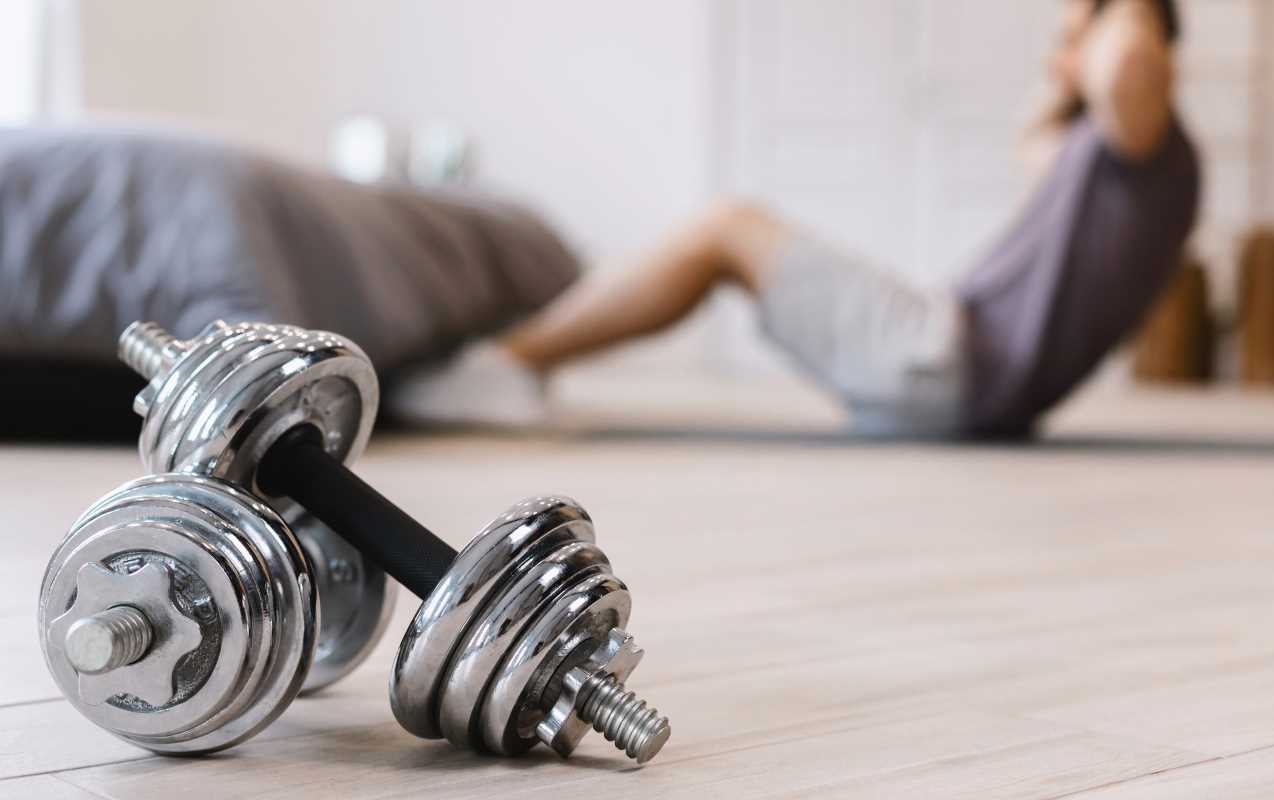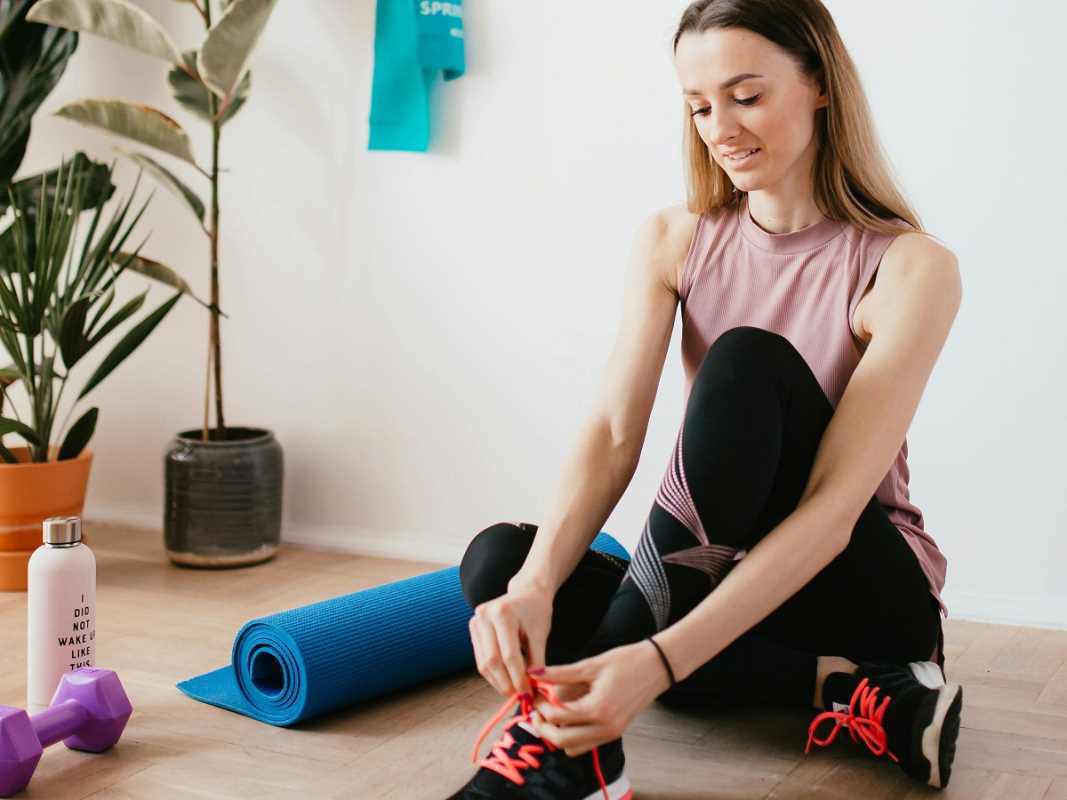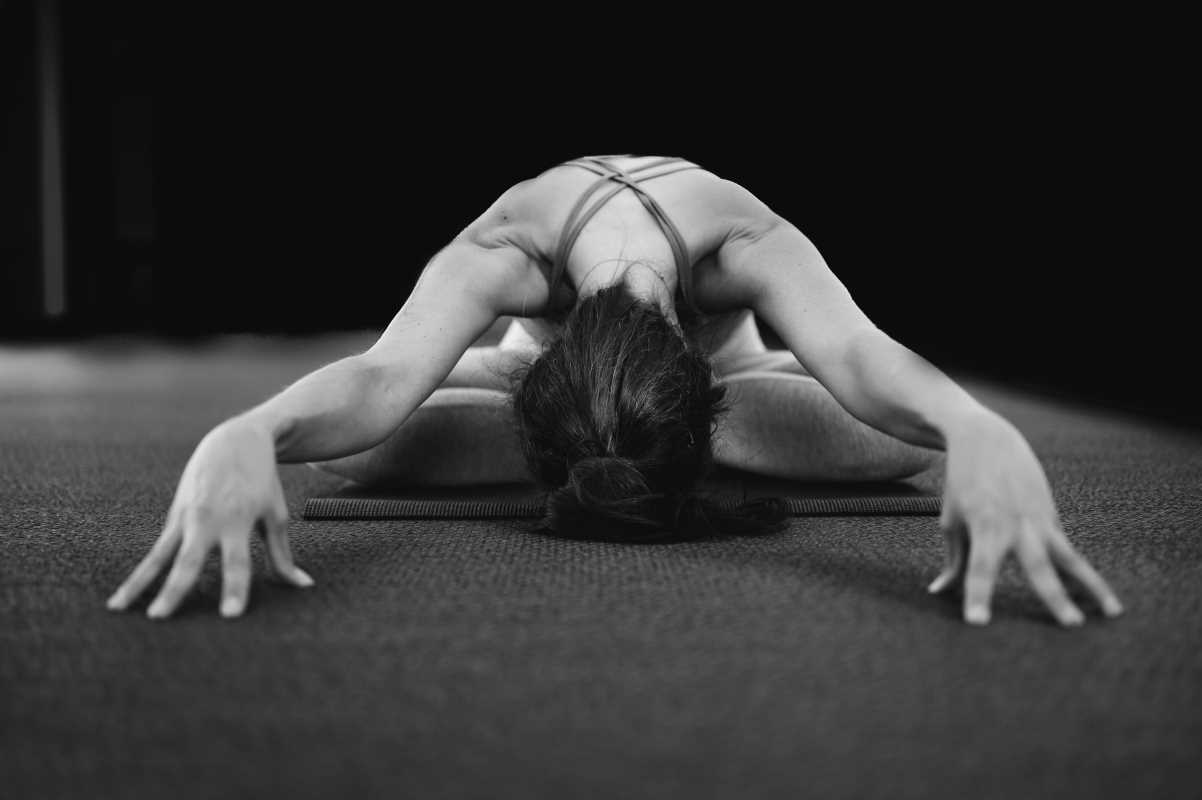Let's be honest – stretching often gets skipped. You're pumped to crush your workout, so you jump straight into the action. Or you finish strong and head straight to the shower. We get it. But here's the thing: those few minutes of stretching could be the game-changer your body needs.
Stretching isn't just something athletes do in slow-motion montages. It's one of the smartest investments you can make in your fitness journey. The right stretches at the right time can prevent injuries, boost your performance, and help you recover faster. Plus, you'll feel amazing doing it.
You'll discover why timing matters when it comes to stretching, learn which stretches work best before and after exercise, and get simple routines that take just minutes to complete. Ready to show your body some love? Let's dive in.
Why Stretching Matters More Than You Think
Your muscles are like rubber bands. When they're cold and tight, they're more likely to snap under pressure. When they're warm and flexible, they can handle whatever you throw at them. That's stretching in a nutshell.
Research from the American Council on Exercise shows that proper stretching reduces injury risk by up to 30%. But the benefits go way beyond injury prevention. Stretching improves blood flow to your muscles, increases your range of motion, and helps you move more efficiently during workouts.
Think about it – when you can move through a full range of motion, you're getting more from every squat, every reach, every step. Your muscles work better together instead of fighting against tightness. The result? Better performance and faster progress toward your goals.
Stretching also plays a huge role in recovery. After a tough workout, your muscles are flooded with metabolic waste products that cause soreness and stiffness. Gentle stretching helps your body flush out these toxins while promoting healing blood flow to tired tissues.
Dynamic vs Static Stretching: Timing Is Everything
Not all stretching is created equal. The type of stretching you do and when you do it can make or break your workout experience. Let's break down the two main types and why timing matters.
Dynamic Stretching: Your Pre-Workout Best Friend
Dynamic stretching involves moving your body through ranges of motion that mimic the activities you're about to do. Think leg swings before running or arm circles before swimming. These movements gradually increase your heart rate, warm up your muscles, and prepare your nervous system for action.
Studies published in the Journal of Sports Medicine show that dynamic stretching before exercise improves power output, speed, and agility. It's like giving your body a heads-up about what's coming next, allowing your muscles to fire more efficiently when you need them most.
Dynamic stretches also increase your core body temperature and joint mobility without reducing muscle strength – something static stretching before exercise can actually do. You want to feel energized and ready to move, not relaxed and loose.
Static Stretching: Perfect for Post-Workout Recovery
Static stretching involves holding a position for 15-60 seconds while your muscle gradually lengthens. This is the classic "reach for your toes" type of stretching most people picture. While it's not ideal before intense exercise, it's absolutely perfect afterward.
After your workout, static stretching helps your muscles return to their resting length while promoting relaxation and recovery. Research from the International Journal of Sports Medicine shows that post-workout static stretching reduces muscle soreness and improves flexibility when done consistently.
Your muscles are warm and pliable after exercise, making it the ideal time to work on improving your overall flexibility. Plus, static stretching activates your parasympathetic nervous system – your body's "rest and digest" mode – helping you transition from workout intensity to recovery.
Pre-Workout Dynamic Stretches That Actually Work
Ready to fire up your body for an amazing workout? These dynamic stretches target major muscle groups and movement patterns. Spend 5-10 minutes working through these movements, and you'll feel the difference immediately.
Leg Swings for Hip Mobility
Your hips are involved in almost every lower body movement. Leg swings wake them up and improve mobility in multiple directions.
Stand next to a wall or sturdy object for support. Swing one leg forward and backward in a controlled motion, letting momentum carry your leg through its natural range. Complete 10-15 swings, then switch to side-to-side swings for the same leg.
Feel the gentle stretch through your hip flexors and hamstrings as your leg moves. Switch legs and repeat. Your hips should feel more open and ready to move by the time you're done.
Arm Circles for Shoulder Preparation
Whether you're lifting weights or swimming laps, your shoulders need to be ready for action. Arm circles gradually increase shoulder mobility and warm up the surrounding muscles.
Start with small circles and gradually make them larger. Complete 10 circles forward, then 10 circles backward with both arms. You should feel warmth building in your shoulder muscles as blood flow increases.
Make it better: Try alternating single-arm circles or adding different angles to target all the muscles around your shoulder joint.
Walking High Knees
This movement warms up your hip flexors, activates your core, and gets your heart rate climbing. It's especially valuable before running or any activity involving knee drive.
Walk forward while bringing your knees up toward your chest with each step. Pump your arms naturally and maintain good posture throughout. Continue for 20-30 steps or about 15-20 seconds.
Focus on controlled movement rather than speed. You want to feel your hip flexors working and your core engaging to maintain balance.
Butt Kicks for Hamstring Activation
Butt kicks target your hamstrings while promoting ankle mobility and coordination. They're perfect for runners and anyone doing lower body workouts.
Jog in place while kicking your heels toward your glutes. Keep your knees pointing down and your core engaged. Continue for 20-30 repetitions or 15-20 seconds.
You should feel your hamstrings working to pull your heel toward your glute. This movement helps coordinate the muscles you'll use during your workout.
World's Greatest Stretch
Despite the bold name, this stretch lives up to the hype. It combines hip mobility, thoracic spine rotation, and hamstring flexibility in one fluid movement.
Step into a deep lunge position with your right foot forward. Place your left hand on the ground inside your right foot, then rotate your right arm up toward the ceiling. Hold for 2-3 seconds, then rotate back down and step forward into the next lunge.
Complete 5-6 lunges on each side. You'll feel this working through your hips, spine, and shoulders – exactly what most workouts demand.
Post-Workout Static Stretches for Recovery
Your workout is done, but your body's work is just beginning. These static stretches help your muscles recover while improving your long-term flexibility. Hold each stretch for 20-30 seconds and breathe deeply throughout.
Hip Flexor Stretch
After all those squats and lunges, your hip flexors need some love. This stretch counters the tightness that builds up during lower body workouts.
Step into a lunge position with your back knee on the ground. Gently push your hips forward while keeping your torso upright. You should feel a stretch through the front of your back leg's hip and thigh.
Make it deeper: Reach your same-side arm overhead and lean slightly away from your back leg for an even better stretch.
Standing Forward Fold
This classic stretch targets your hamstrings, calves, and lower back – perfect after any lower body workout.
Stand with feet hip-width apart and slowly fold forward from your hips. Let your arms hang heavy and breathe deeply. Don't worry about touching your toes; just let gravity do the work.
Feel the gentle stretch through the back of your legs and spine. This position also helps calm your nervous system as you transition out of workout mode.
Chest Doorway Stretch
Upper body workouts can leave your chest muscles tight and shortened. This stretch opens up your chest and counteracts hunched shoulders.
Place your forearm against a doorway or wall with your elbow at 90 degrees. Step forward gently until you feel a stretch across your chest. Switch arms and repeat.
Hold this position and breathe deeply. You should feel your chest muscles releasing as your posture naturally improves.
Seated Spinal Twist
Your spine works hard during most exercises. This gentle twist helps decompress your back while improving spinal mobility.
Sit with your legs extended and cross your right foot over your left leg. Place your right hand behind you for support and gently twist your torso toward your right knee.
Breathe deeply and feel the stretch through your spine and outer hip. Switch sides and repeat. This stretch feels amazing after full-body workouts.
Child's Pose for Total Relaxation
End your stretching session with this restorative pose that gently stretches your back, hips, and shoulders while promoting relaxation.
Kneel on the ground and sit back on your heels. Extend your arms forward and lower your forehead toward the ground. Let your entire body relax into this position.
Take several deep breaths and allow any remaining tension to melt away. This pose signals to your body that it's time to shift into recovery mode.
Common Stretching Mistakes to Avoid
Even with the best intentions, it's easy to make stretching mistakes that reduce benefits or even cause problems. Here are the most common pitfalls and how to avoid them.
Bouncing During Static Stretches
That old-school "bounce to go deeper" approach can actually damage your muscles. Bouncing triggers your muscle's protective reflex, causing it to contract rather than relax.
Instead, ease into each stretch gradually and hold steady. Let your muscle naturally lengthen over time rather than forcing it with quick movements.
Stretching Cold Muscles
Jumping straight into deep static stretches on cold muscles is like trying to stretch a frozen rubber band – it's more likely to tear than lengthen.
Always do a brief warm-up before stretching, or save static stretches for after your workout when your muscles are naturally warm.
Holding Your Breath
Tension in your breathing creates tension throughout your body, fighting against what you're trying to achieve with stretching.
Breathe deeply and consistently during all stretches. Think of each exhale as an opportunity to relax deeper into the stretch.
Stretching Through Pain
Stretching should never be painful. Discomfort? Sure. That's normal. But sharp or intense pain means you're pushing too hard.
Back off if you feel pain and focus on gradual improvement over time. Your flexibility will improve faster with consistent gentle stretching than forced painful stretches.
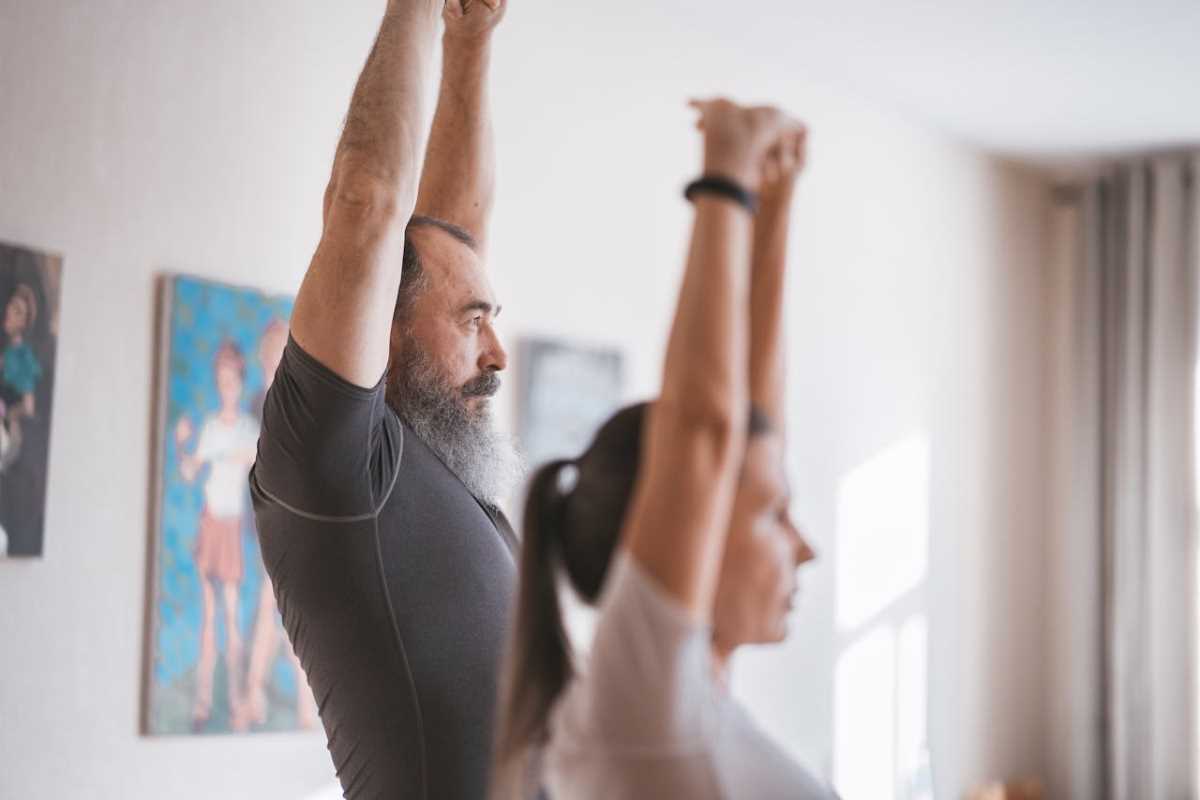 (Image via
(Image via.jpg)
